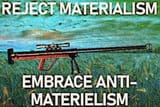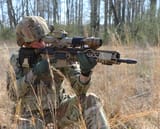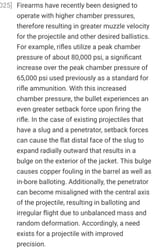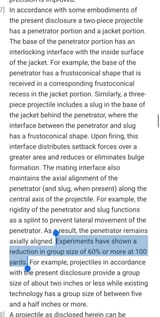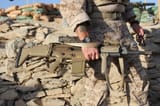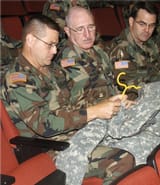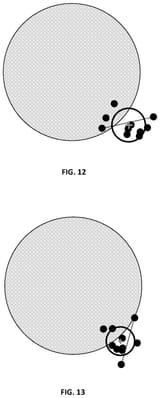>>64206260
>>64208039
>That’s quite terrible. 30” at 500 yards. So assume the guy’s head is a 7 inch diameter circle, hit probability is 5.4%. We are ignoring range and wind measurements as variables, right? Assuming you’re correcting for drop and drift perfectly?
That is absolutely not how you calculate hit probability, either of you. You cannot calculate hit probability from MOA. You need the probability density and you can't get that from MOA.
MOA measures extreme spread (distance from single two furthest shots along a single arbitrary axis) and both of you are (incorrectly) assuming that a random shot will land with equal probability anywhere in a circle with a diameter the size of the MOA centered on the aiming point (ie a uniform random distribution in a circle of d=MOA).
The reason this is an incorrect assumption is that IRL rifles don't shoot a uniform random distribution (or even anywhere close to it) or in a circle. First, non-precision rifles normally predominantly spread across a single axis (not necessarily horizontal or vertical, but nonetheless along a single axis) which makes the shape a thin ellipse. Second, most guns shoot their shots along a more or less guassian distribution across that axis, which means that for a 20 shot group with say, 6 MOA, 68% of shots will be within about 1.61 MOA of the aiming point.
Assuming there is no axis (so the group is circularly shaped), a 6 MOA rifle and a 7in spherical head, the pH for the head at 500y is about 42.5%.
If you account for the real axis of the distribution, then you end up finding that around half of the misses become shoulder or body hits against a frontal or side aspect man-shaped target.
For a 1 MOA rifle it's about 99.8%. 2 MOA about 89%, 3 MOA 74%, 4 MOA 58%, 5 MOA 49% etc.


